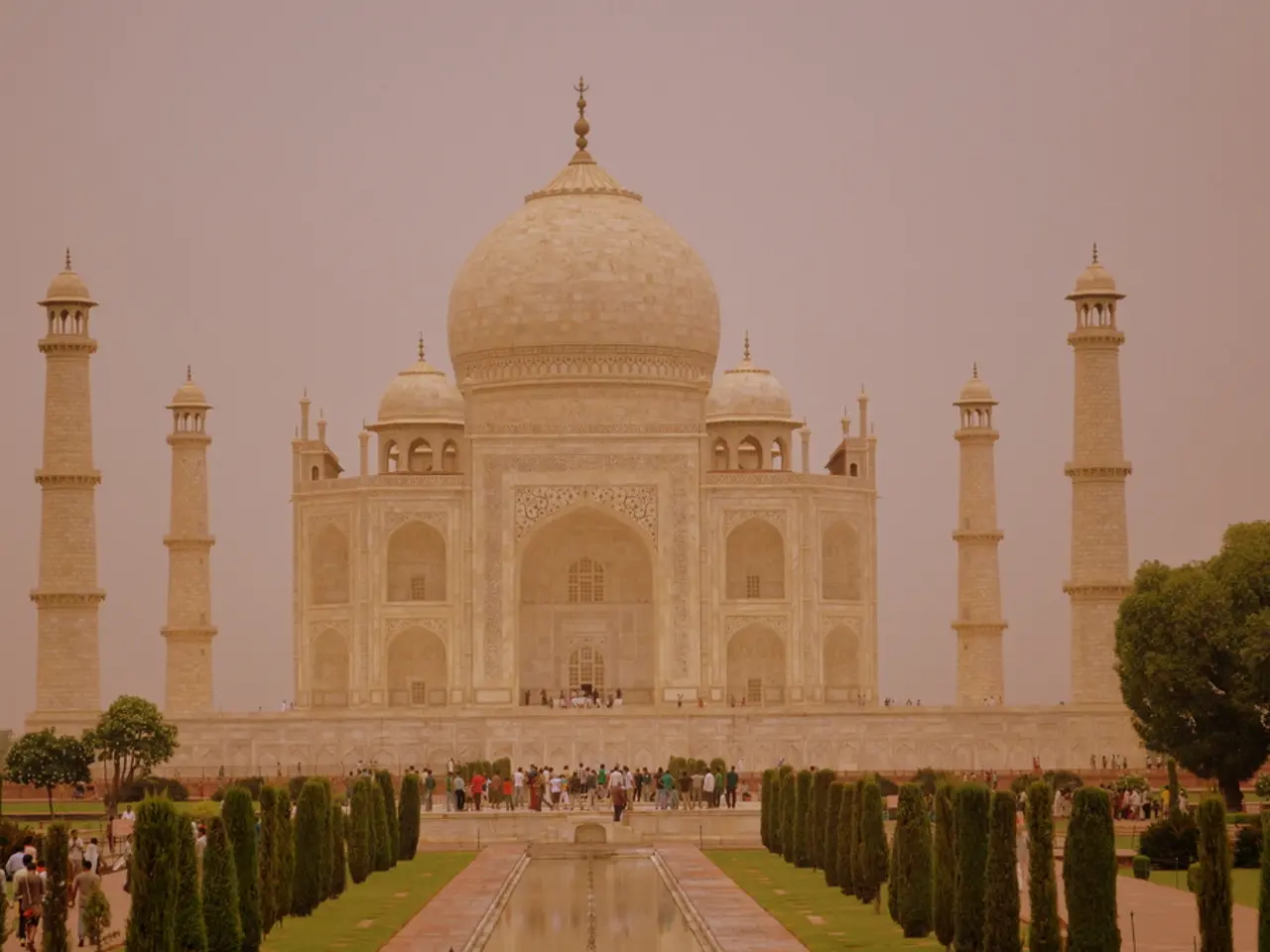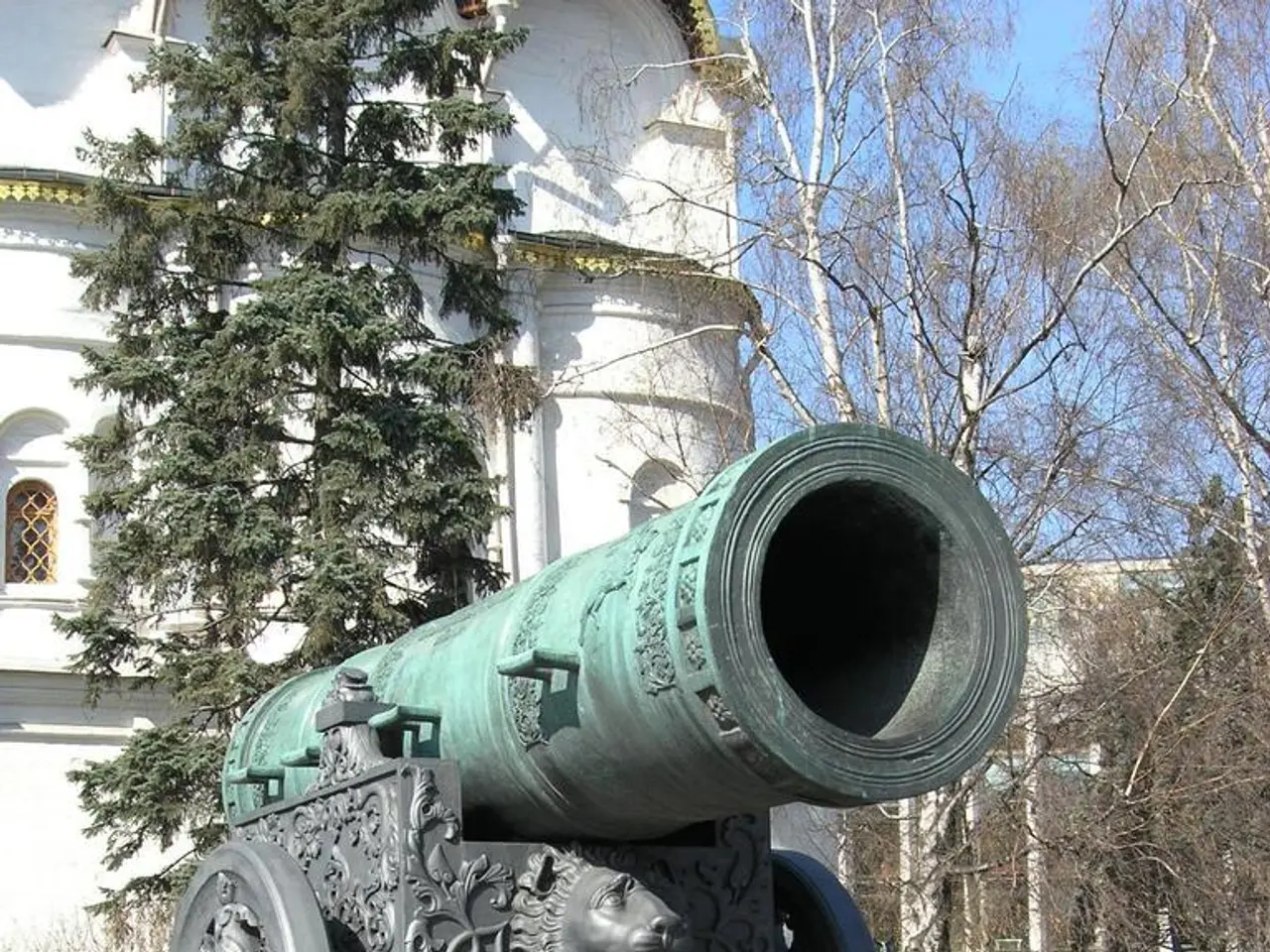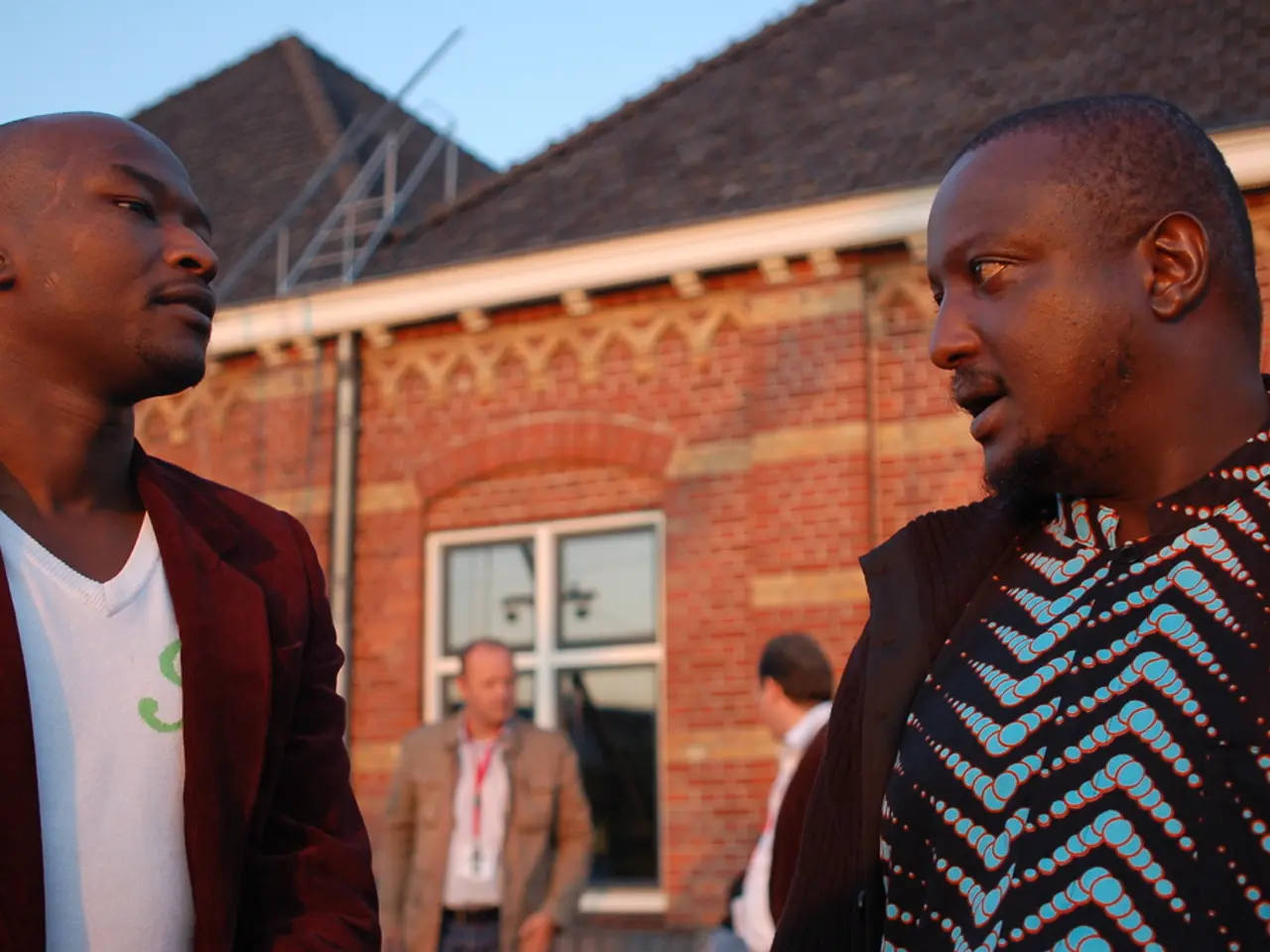Trump's Tariff Conflict Appears to Miss the Mark? Russia Supports India and Implies Deepening Relationship with China, Reveals DNA Analysis
The informal trilateral cooperation framework known as the RICH alliance, involving Russia, India, and China, has been proposed as a diplomatic and strategic dialogue mechanism to balance Western influence and foster regional cooperation among the three Eurasian powers.
The RICH alliance, symbolised by the acronym "RICH" which stands for "wealth and prosperity", represents a significant geopolitical bloc with complementary strengths. With a combined population of approximately 3 billion people, it encompasses immense resources, nuclear strength, and significant regional defense capabilities.
Comparatively, the United States, with a population of around 330 million, boasts a larger global military budget, advanced technology, and unmatched global defense reach. However, the RICH alliance collectively has a combined GDP that is close behind the U.S.'s, approximately Rs. 21 lakh crore, which is roughly equivalent to $26.5 trillion (2025 nominal GDP).
The RICH alliance's nuclear arsenal is formidable, with Russia holding the largest number of warheads (approximately 6,000), China estimated to have around 400-500, and India around 160-170. These combined nuclear strengths are significant, though they lack the formalized economic or military integration found in the U.S.
The alliance, however, faces internal tensions, particularly India-China rivalries and geopolitical tensions, which complicate its effectiveness. The U.S., on the other hand, remains dominant in terms of unified economic power, military technology, and global defense reach, while functioning more as a strategic dialogue platform with overlapping but sometimes conflicting interests.
Recent developments suggest that the gap between India and China may be narrowing, possibly accelerated by Trump's confrontational tactics. India's National Security Advisor (NSA) Ajit Doval is set to visit China this month, followed by a trip by External Affairs Minister (EAM) S. Jaishankar.
The RICH alliance, though not yet a formal alliance, could potentially pose a greater challenge to the U.S. than the BRICS. Its revival, proposed by Russia to counter emerging alliances like the US-led Quad (United States, India, Japan, Australia), could reshape the global balance of power.
As the world grapples with changing geopolitical dynamics, the RICH alliance may emerge as a significant player in the global arena, offering an alternative to the traditional Western-led order. The U.S., for its part, has expressed concerns over the alliance, with U.S. President Donald Trump announcing plans to substantially increase tariffs on India. Russia, in response, has pushed back against the U.S.'s move to increase tariffs on India, with Russian Foreign Ministry spokesperson Maria Zakharova accusing the U.S. of using tariffs as a tool to dominate other nations.
In conclusion, the RICH alliance, while not yet a formal alliance, represents a significant geopolitical bloc with complementary strengths but limited formalized cohesion compared to the U.S. global superpower status. As the world evolves, the RICH alliance could potentially emerge as a significant player in the global arena, offering an alternative to the traditional Western-led order.
The RICH alliance, with its proposed diplomatic and strategic dialogue mechanism, may significantly impact policy-and-legislation and politics, as it could reshape the global balance of power and provide an alternative to the traditional Western-led order. Meanwhile, the ongoing war-and-conflicts, such as India-China rivalries, complicate its effectiveness, while general-news outlets continue to monitor its developments.








